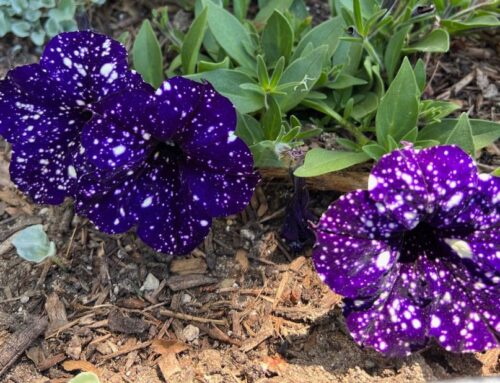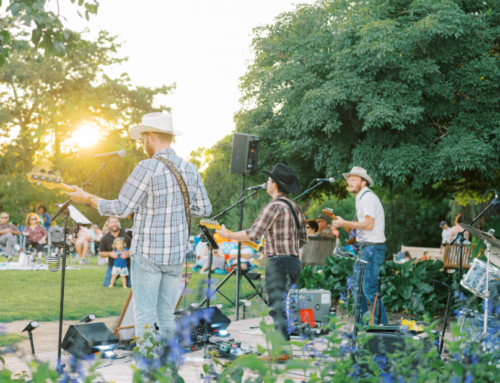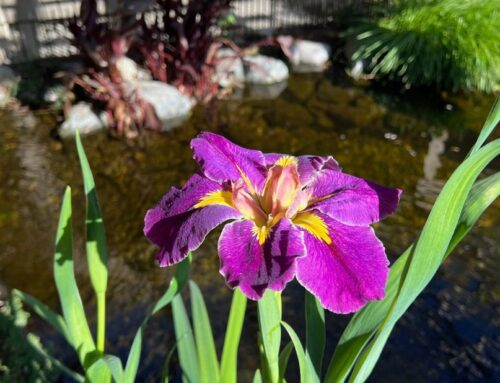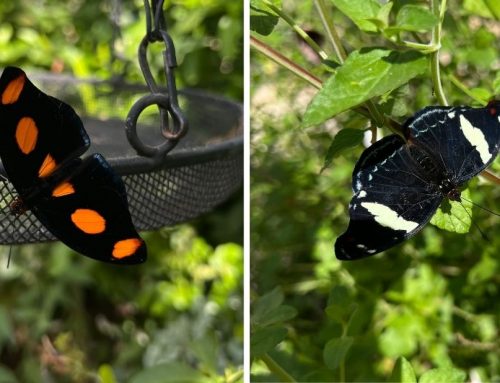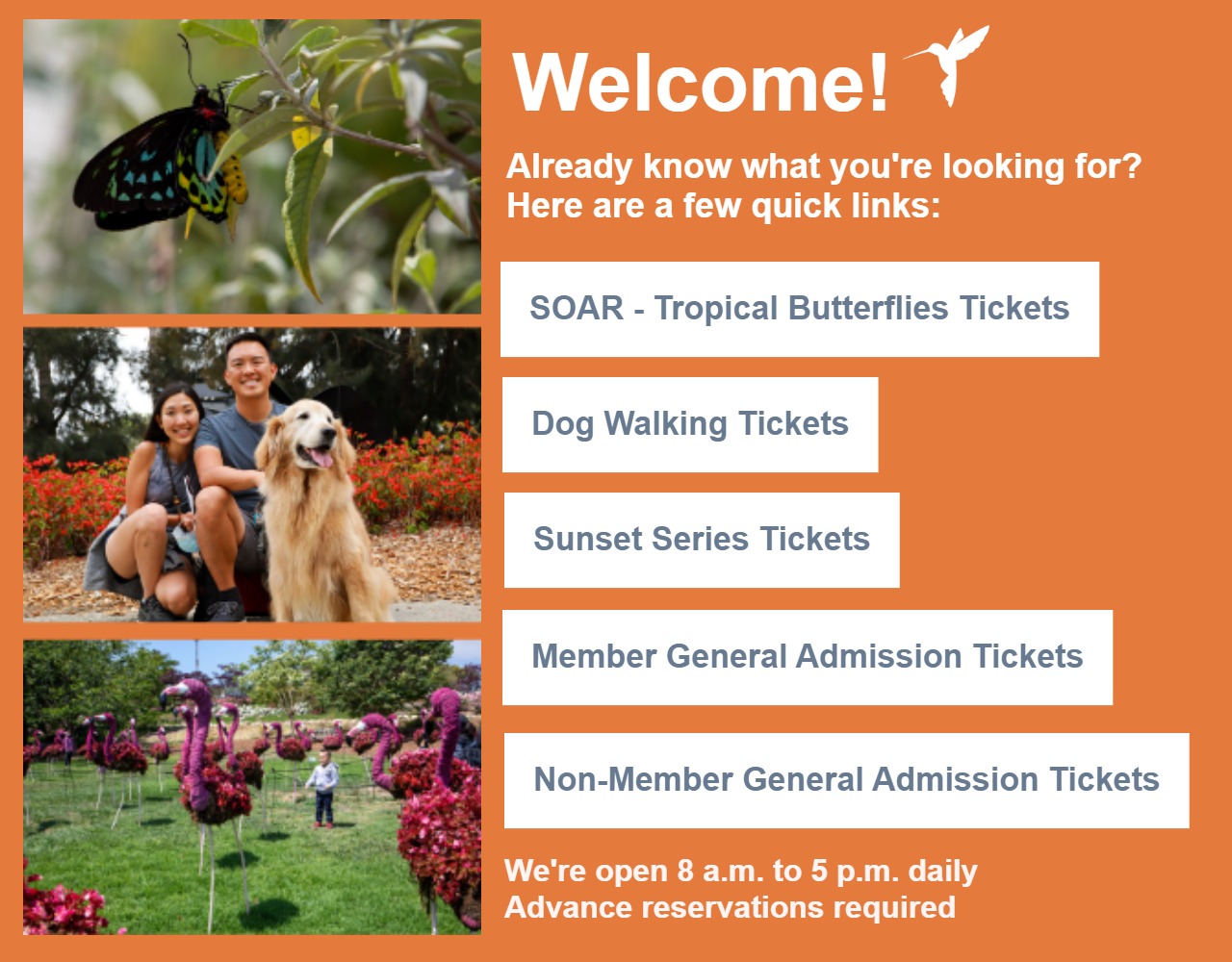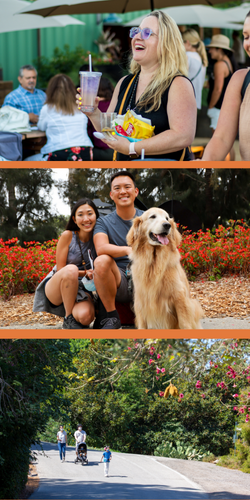If you’ve been to the Garden in the last few months, you’ve probably noticed the mysterious green fence that went up around the former children’s garden. With all the sounds and activity behind it, we know it prompts a lot of curiosity. On Saturday, July 1, you will finally be able to visit, but our Director of Living Collections, Terry Huang, wants to share how it will continue to shift and grow as we implement our staggered planting phases.
To make way for the exciting new 3.5-acre Marilyn and John Long Children and Family Garden, Terry and his team were tasked with reimaging the space with love as the inspiration. With the space’s proximity to the butterfly pavilion and its host and nectar garden, creating a larger Pollination Garden was a natural fit.
Pollination, as director Louie Schwartzberg puts it “…is a love story that feeds the earth.” To love is to nurture, and what is more nurturing than gardening with nature? Mindful gardening is one of the many ways that we can collectively help support our local flora and fauna. Thus the backbone of this garden will be a palette of our local native plant species – an homage to the coastal sage scrub that once grew on this site. Not only will this reduce water use, but it will also provide much-needed food and habitat in our increasingly urbanized landscape.
Planted in the style of French garden designers and nursery owners, Olivier and Clara Filippi, the garden will highlight the colors, textures, scents, and floral forms of our unique Mediterranean climate. The majority of the native plants will be sourced from the Palos Verdes Peninsula Land Conservancy – who are growing locally genetic stock for us – with a handful from the Theodore Payne Foundation. A few climate-adapted species from other Mediterranean climates will be showcased and spaces of varying depths will be left for annuals to provide seasonal color.
When you enter on July 1, at first glance it may seem that the garden is a little empty. However, if you look more closely you will see many sprouts coming up around the annuals in the beds. This is Phase One of the planting plan. A few weeks ago we directly sowed a custom seed mix, which we developed just for this project. Seedlings will steadily give way to a delicate and ethereal flower meadow peaking in mid to late summer with a range of colors, providing pollinators with nectar and pollen. There will be many familiar species, but some unusual ones will, hopefully, be coaxed to bloom as well.
In November we will implement Phase Two of the planting plan: installing the permanent plants. With the start of our rainy season, it is the best time to plant our native coastal sage scrub species. From lemonade berry (Rhus integrifolia) to narrowleaf milkweed (Asclepias fascicularis) to the uncommon and locally native California rockflower (Crossosoma californicum), a curated selection will showcase our iconic plant community.
After many months of planning and construction, we are so delighted to share this space with you. Please remember to stay on the paths to avoid crushing the seedlings – we want the floral display to reach its full potential. Check back often to experience the Garden as it changes and grows throughout the season. Happy Summer!






